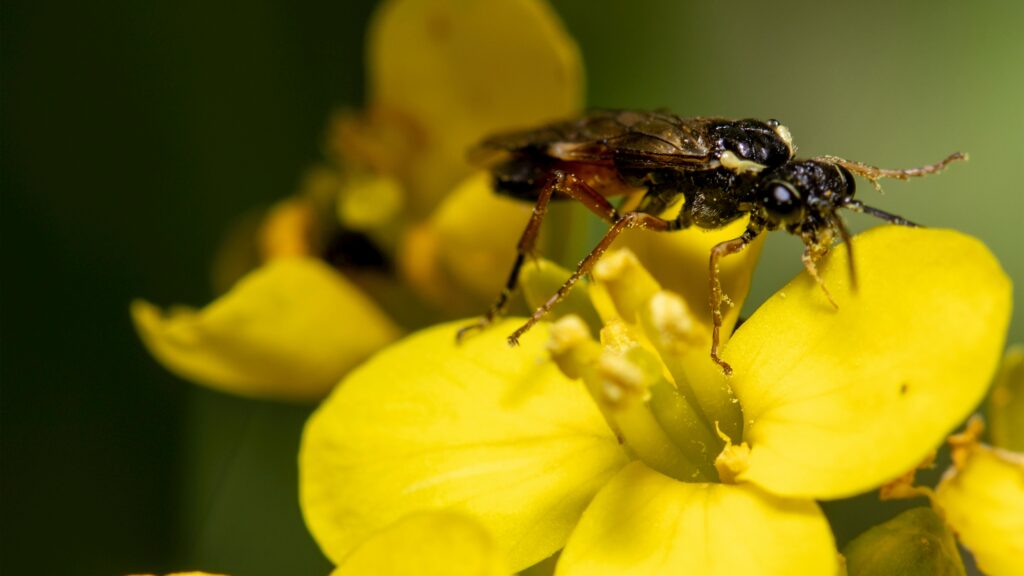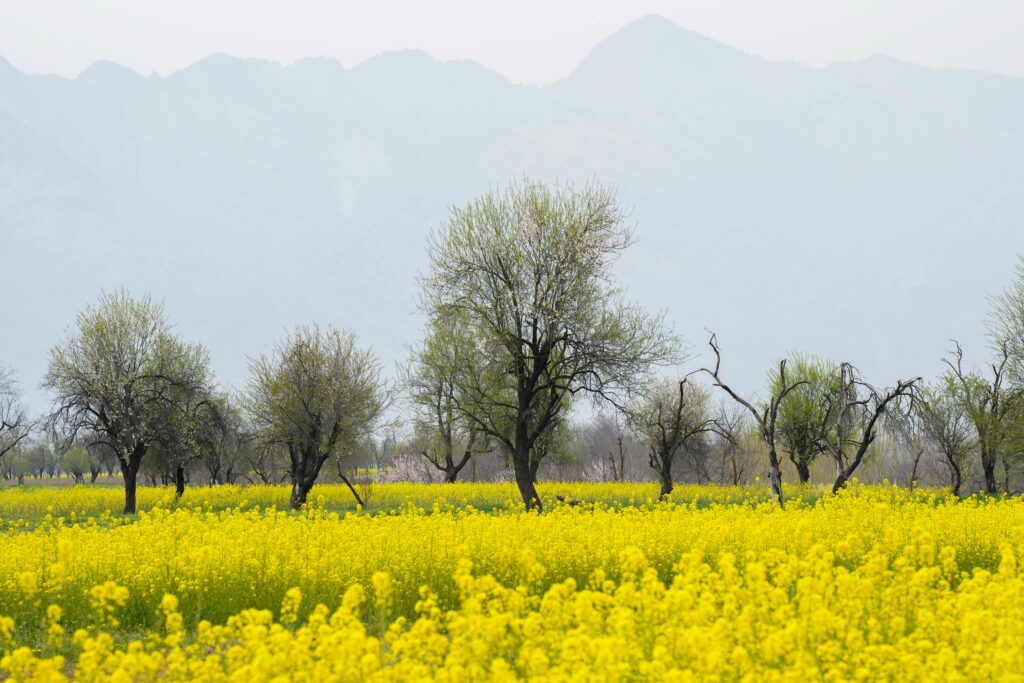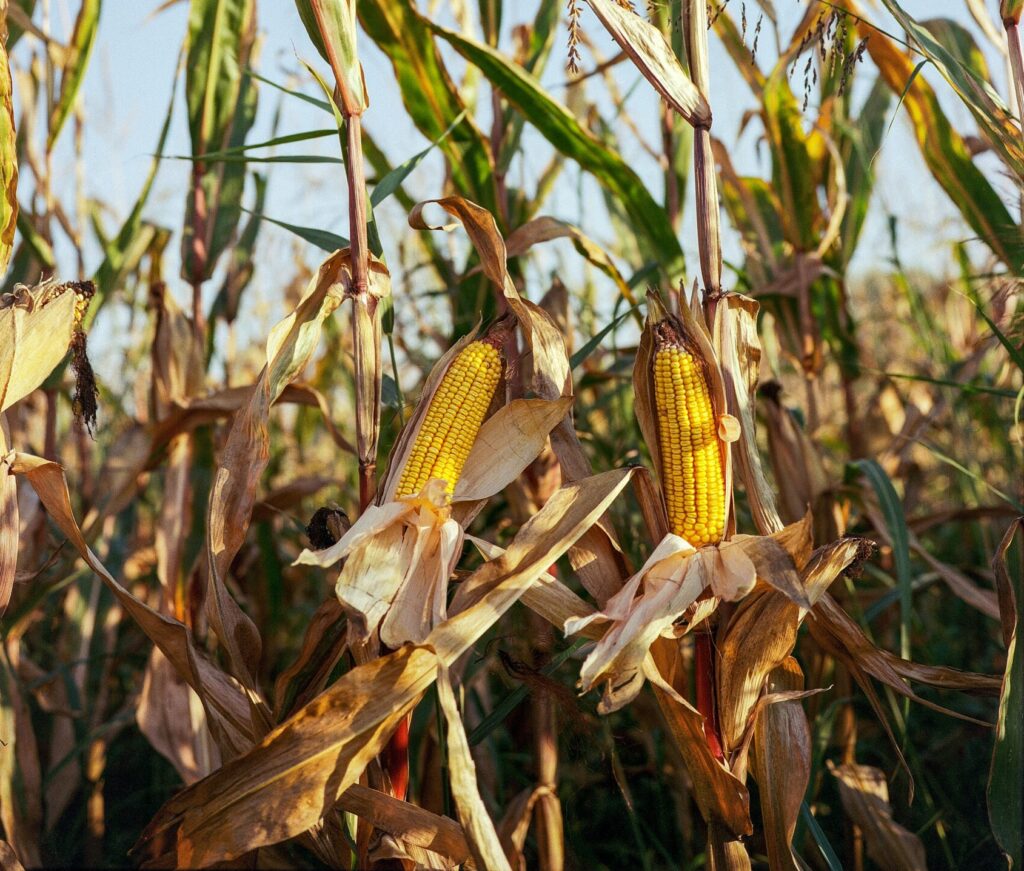The best soil type for outdoor plants depends on the specific plants you’re growing, but in general, loamy soil is considered ideal for most outdoor plants. Loamy soil is a balanced mix of sand, silt, and clay, offering good drainage, moisture retention, and fertility. Here’s a breakdown of different soil types and their suitability for outdoor plants.
Loamy Soil (Ideal for Most Plants)
Composition: A mixture of sand, silt, and clay in balanced proportions.
Benefits: Loamy soil provides excellent drainage while retaining enough moisture for plant roots. It’s rich in organic matter and nutrients, making it ideal for a wide variety of plants, including vegetables, flowers, and shrubs.
Best For: Most garden plants, vegetables, fruit trees, and flowering plants.
Sandy Soil
Composition: Contains a high percentage of sand particles.
Benefits: Sandy soil drains quickly and warms up faster in the spring, which can benefit plants that don’t like waterlogged roots. However, it doesn’t retain water or nutrients well, so it requires frequent watering and fertilization.
Best For: Plants that prefer well-drained soil, such as succulents, cacti, lavender, and Mediterranean herbs (like rosemary and thyme).
Clay Soil
Composition: Contains a high percentage of clay particles.
Benefits: Clay soil retains water well and is nutrient-rich, but it tends to drain slowly and can become compacted. This can lead to waterlogged roots and poor aeration. Amending clay soil with organic matter can improve its texture and drainage.
Best For: Plants that tolerate moist conditions, such as certain trees (e.g., willows)
Silty Soil
Composition: Contains a high proportion of silt particles.
Benefits: Silty soil retains moisture better than sandy soil and has a smoother texture. It can be fertile but may need amendments like organic matter to improve drainage and structure.
Best For: Moisture-loving plants such as ferns, irises, and certain vegetables like lettuce and spinach.
Chalky Soil
Composition: Alkaline soil with a high content of chalk or limestone.
Benefits: Chalky soil is free-draining and can be stony or shallow. It tends to be alkaline, which can cause nutrient deficiencies for some plants. It may need lime-tolerant plants and regular fertilization to thrive.
Best For: Plants that prefer alkaline soil, like lilacs, clematis, and some vegetables such as brassicas (cabbage, broccoli).
Peaty Soil
Composition: Contains a high amount of organic matter, particularly decomposed plant material (peat).
Benefits: Peaty soil retains moisture well and is rich in organic matter, making it good for acid-loving plants. However, it may be low in nutrients and requires fertilization. It is also prone to waterlogging if not well-drained.
Best For: Acid-loving plants like rhododendrons, azaleas, blueberries, and camellias.
If your garden soil isn’t ideal, you can improve it by adding organic matter such as compost, manure, or mulch. These amendments help improve soil structure, boost fertility, and enhance water retention or drainage, depending on the soil type.
In summary, loamy soil is the best all-around option for most outdoor plants, but you can successfully grow plants in other soil types by choosing species that match your soil or by amending the soil to better suit your plants’ needs.
















